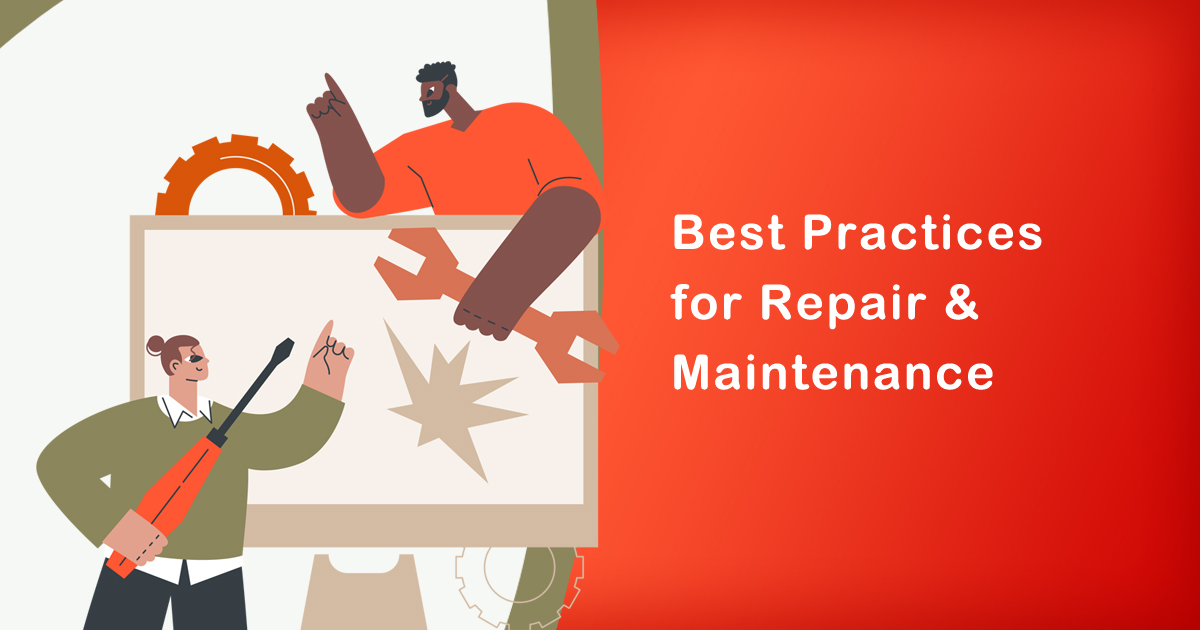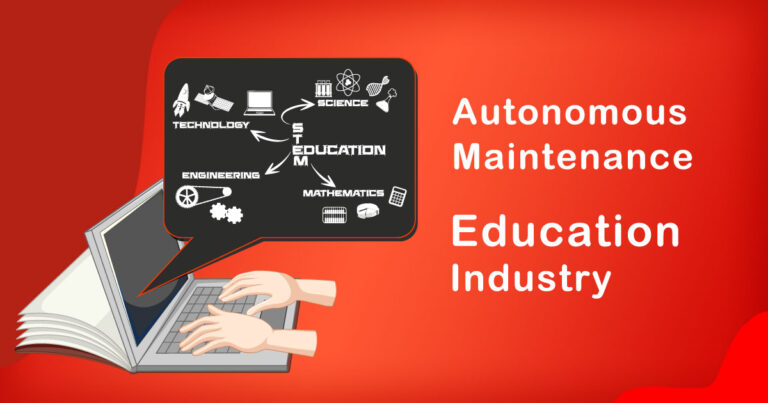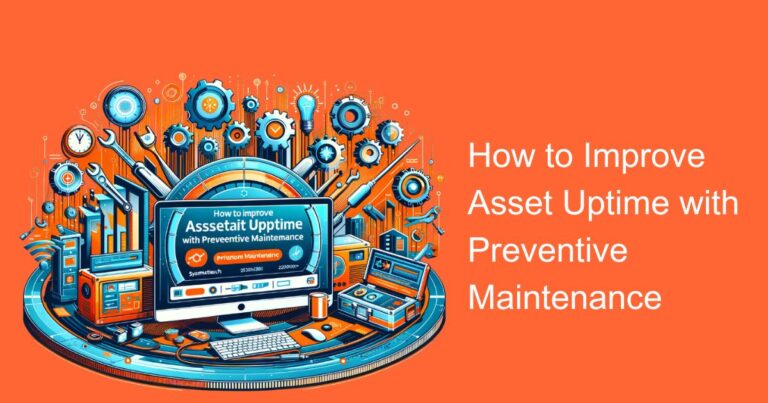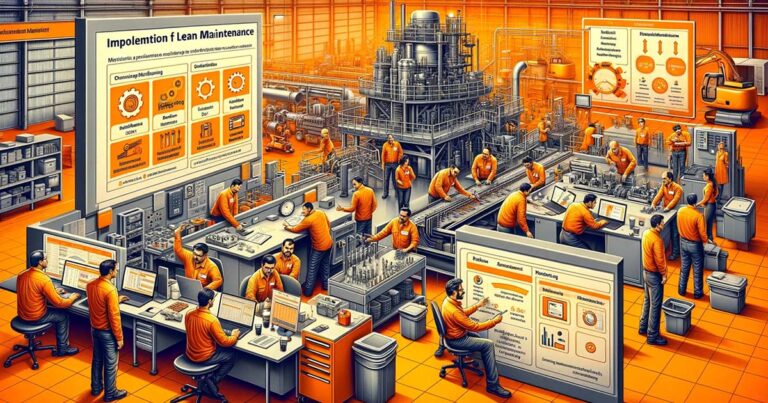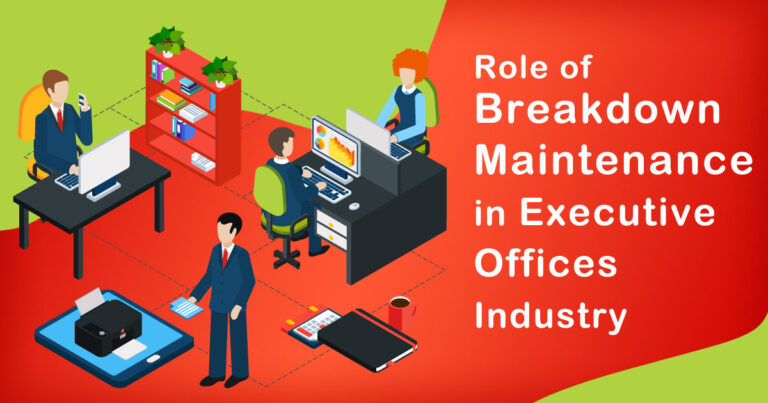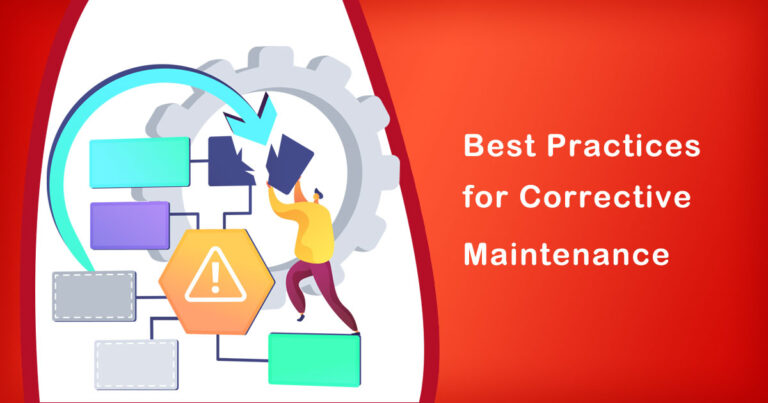Introduction:
Repair and maintenance are critical aspects of any industry, as they play a vital role in the longevity and durability of equipment and machinery. In India, where infrastructure and industries are rapidly growing, maintenance and repair are essential to ensure the safety and sustainability of operations. Neglecting regular maintenance can lead to safety hazards, expensive repairs, and unplanned downtime, resulting in lost productivity and revenue. In this blog, we will discuss the best practices for repair and maintenance in India, along with relevant research and facts to provide a comprehensive understanding of the topic.
Research and Facts:
According to a study by KPMG India, the maintenance, repair, and overhaul (MRO) industry in India is expected to grow at a compound annual growth rate (CAGR) of 10.5% between 2020 and 2025. The Indian MRO market is primarily driven by the growth of the aviation industry, which is projected to be the third-largest aviation market by 2024, with a fleet size of 1,100 aircraft. The report also highlights that preventive maintenance, which involves regular inspections and scheduled maintenance, is more cost-effective than reactive maintenance, which involves repairing equipment after it fails.
Another study by McKinsey Global Institute suggests that the Indian infrastructure sector is expected to grow at a CAGR of 6.5% between 2016 and 2030, with a projected investment of $4.5 trillion. To achieve this growth, effective maintenance and repair practices are crucial to ensure that infrastructure assets such as highways, railways, airports, and ports are in optimal condition.
Best Practices for Repair and Maintenance:
1. Regular Inspections:
Conducting regular inspections of equipment and machinery is essential to identify potential issues before they become major problems. Inspections can be done using various techniques, such as visual inspections, non-destructive testing, and vibration analysis. The frequency of inspections should be based on the criticality of the equipment and the manufacturer’s recommendations.
2. Preventive Maintenance:
Preventive maintenance involves conducting scheduled maintenance based on a set of predetermined criteria, such as the manufacturer’s recommendations, equipment age, and usage. Preventive maintenance helps in reducing unplanned downtime, extending equipment life, and minimizing repair costs.
3. Training and Skill Development:
Skilled technicians are essential for effective maintenance and repair practices. Providing regular training and skill development programs to technicians can enhance their knowledge and skills, leading to better maintenance practices and improved equipment reliability.
4. Inventory Management:
Effective inventory management is essential to ensure that spare parts and materials required for maintenance and repair are readily available. Maintaining an inventory of critical spares and materials and regularly reviewing the inventory levels can help avoid delays in maintenance and repair activities.
5. Documentation and Record-Keeping:
Documentation and record-keeping of maintenance and repair activities are crucial for effective maintenance practices. Proper documentation helps in tracking maintenance activities, identifying recurring issues, and analyzing equipment performance.
Conclusion:
Effective repair and maintenance practices are crucial for ensuring the safety, sustainability, and reliability of operations in India. Regular inspections, preventive maintenance, training and skill development, inventory management, and documentation and record-keeping are some of the best practices that can help achieve optimal equipment performance and minimize downtime. With the infrastructure and industries in India rapidly growing, implementing effective repair and maintenance practices can help achieve sustainable and profitable operations.


